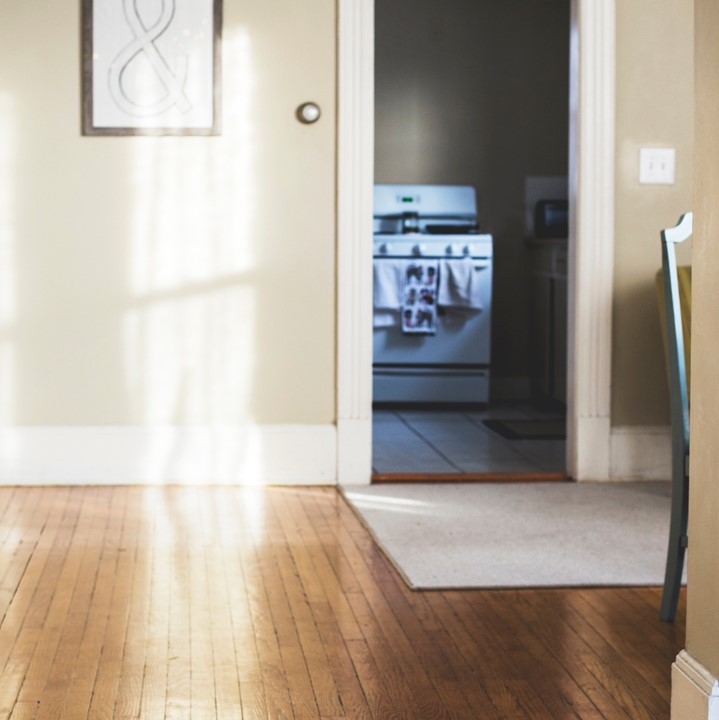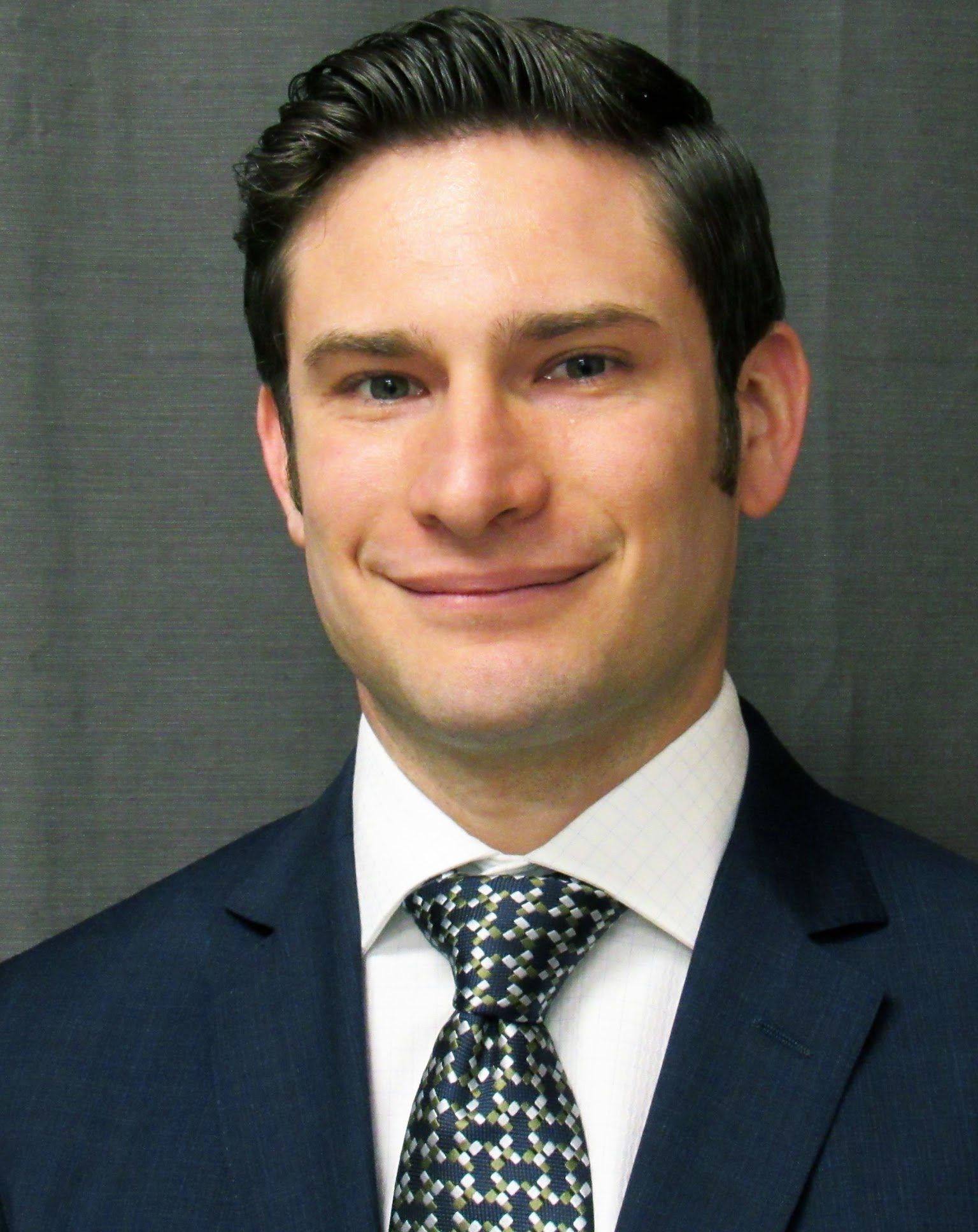

House Call Conversations: Closing Care Gaps
COVID-19 has greatly impacted in-office visits for older, chronically ill patients. Heading into the year’s end, PCPs are facing an unusually high number of care gaps to be addressed. Landmark may be able to help.
As a primary care provider (PCP), you understand the challenge of closing quality and care gaps. Landmark helps PCPs close quality care gaps in multiple ways. Imagine the following scenario:
Joe is a patient with multiple chronic conditions. He sees his PCP once, maybe twice, a year, and has open quality care gaps that need to be addressed. Health plans place financial incentives on closing these care gaps, but more importantly, they are a key aspect in preventative, value-based medicine.
Patients like Joe may struggle to make it to their PCP on a consistent basis, which means the time Joe spends with his doctor is important. Primary care providers are squeezing more and more appointments into a day—resulting in less-than-sufficient time spent with chronic, co-morbid patients like Joe. Closing quality care gaps can take a backseat to whatever current ailment brought Joe into the office. Care gap closures frequently result in referrals to the laboratory, ophthalmologist, gastroenterologist, or other specialists. While these referrals can turn into care gap closures, many times they do not.
Roadblocks to Gap Closures
Coordination of necessary follow-up activities, combined with patient compliance (including attending multiple appointments), is a major challenge. This is especially true for a primary care provider treating a fully-loaded panel of patients. For average patients, follow-up is completed during the next timely appointment; but when Joe only visits every 6–9 months, it can be cumbersome to ensure that a care gap closure is completed.
Landmark Helps Close the Gaps
Joe can easily fall through the cracks for his quality care gap closures—but he doesn’t have to. Imagine there was a team to help supplement the work of busy primary care providers. A team that conducts point-of-care testing with Joe to close his HbA1c control care gap; a team that helps Joe schedule a colonoscopy and encourage him to make it to his appointment; a team that does an in-home retinopathy screening so that Joe doesn’t need to drive to see an ophthalmologist. Landmark Health looks at health care through a different lens; Landmark enhances Joe’s health care experience and assist PCPs in extending their care beyond the office and into Joe’s home.
Landmark Health is a medical group that focuses on delivering in-home medical care services to the most chronically ill. Landmark augments the services provided by PCPs, such as assisting in the quality care gap closure process. Being in the patient’s home allows Landmark providers and other interdisciplinary team (IDT) members the opportunity to spend extra time closing care gaps such as comprehensive diabetic care, colorectal cancer screening, depression screening and follow-up, as well as other measures a busy PCP may not have time to complete during the traditional office visit.

Let’s look at three of the ways Landmark increases quality care gap closure in a traditionally low-compliance population.
1. Comprehensive Diabetic Care (CDC)
CDC has three primary measures that align with the CMS Star rating system—HbA1c control, nephropathy screening, and retinopathy screening.
- HbA1c Control and Nephropathy
Landmark providers have HbA1c and urine protein point-of-care devices that allow for on-the-spot screenings. A key advantage to on-the-spot, point-of-care testing is that there is no need to ensure the patient scheduled and went to the laboratory testing facility. Results are given to the PCP and are sent to the health plan using CPT codes, ensuring the patient does not appear on the next health plan care gap report. The PCP is credited with the closure. - Retinal Screening
Landmark team members are trained to use a retinal screening camera. This camera takes a picture of the patient’s retinas that can be securely sent to an ophthalmologist for diagnosis of eye-related diseases, including retinopathy. A complex patient like Joe who is referred to an ophthalmologist may not make it to his appointment. Missed appointments may never be rescheduled, and the diabetic retinopathy care gap may never close. Bringing the retinopathy screening to the patient’s home ensures care gap closure and means less hassle for the patient. These reports are usually delivered within 24–48 hours of image capture and are then sent to the PCP for review. Finally, they are automatically sent to the health plan using the necessary CPT and ICD-10 coding to ensure proper care gap closure and PCP credit.
2. Colorectal cancer screening (COL)
The COL care gap can be closed through multiple methods—the primary two being a FIT Kit or colonoscopy. When referred for a colonoscopy, the Landmark team works together to ensure patients schedule and attend their colonoscopy appointment. This work can include helping the patient schedule the appointment via a three-way call, reminding the patient of their upcoming appointment, and ensuring that they have transportation to and from their appointment. If the patient prefers to complete a FIT Kit, Landmark will not only deliver the kit to the patient, but can help complete the necessary lab order form, and can help ensure the completed kit is placed in the mail.
3. Behavioral Health Screening
Another important care gap to close is Depression Screening and Follow-Up (DSF). A PCP may conduct a PHQ-2 or PHQ-9 depression screening, but when a patient requires follow-up care due to a positive screening, this typically results in a referral. Follow-up care for this measure is time-sensitive—requiring care within 30 days. Making and keeping an appointment with a behavioral health provider within 30 days is difficult for a patient to undertake by themselves. Landmark’s team coordinates follow-up care for these patients, to ensure they receive care within the allotted timeframe and ongoing care as needed to manage their depression. Follow-up care is completed in the home at the patient’s convenience, to ensure they receive this service when they need it most.
Landmark Health looks at health care differently. Landmark sees the challenges facing today’s primary care providers and helps to extend care beyond the office setting into the home. Landmark’s unique service offering includes closing quality care gaps while in the home with the patient—such as traditional CMS Star measures (e.g. HbA1c control), non-Star measures (e.g. Depression Screening and Follow-up), and others that can be tailored to meet care needs. Landmark’s execution of quality care gap closure, in addition to the other services delivered, allows a primary care provider to focus on deeper acute and preventative aspects of patient care.


Article
Why All Health Care Providers Need to Be Age-Friendly
Older adults will outnumber children by 2034 and yet the U.S. health care system is not focused on older patient's very specific needs

Blog post
Creating a Safe Home for Those with Alzheimer’s
Landmark providers specialize in home evaluations and modifications and can help adapt the home setting to meet patients’ needs.
 written by
written by